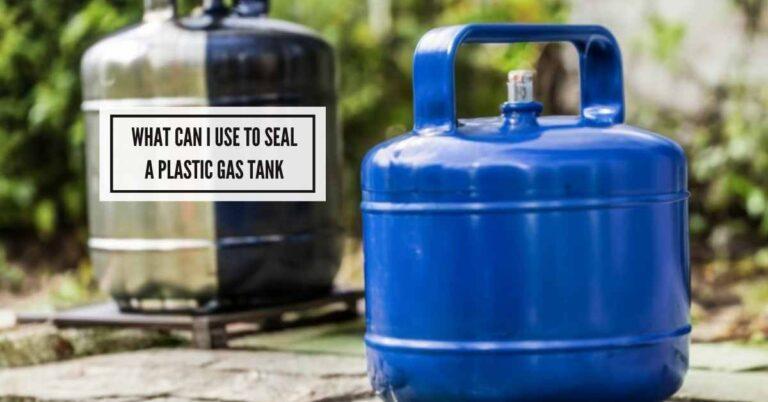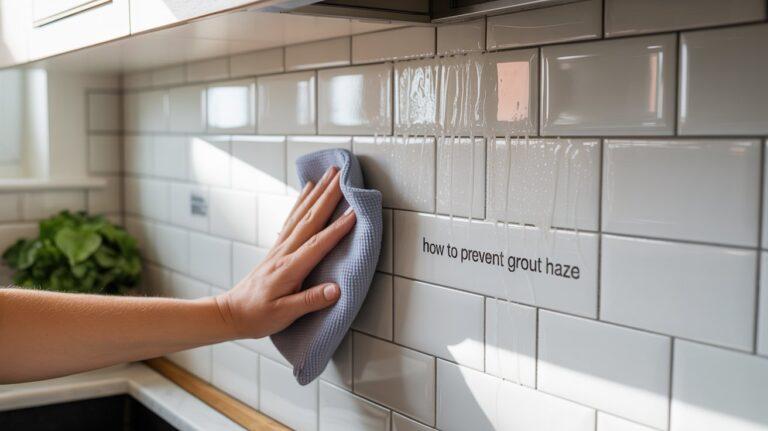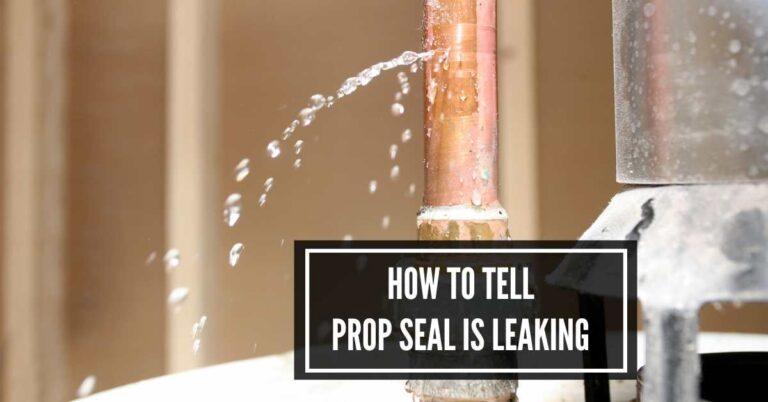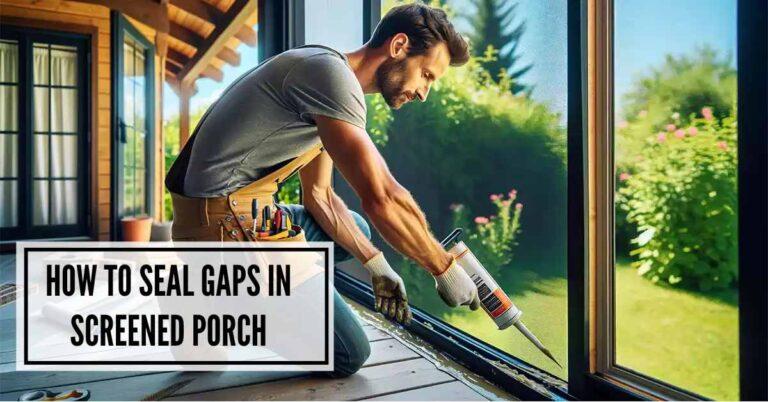What is the Best Sealer for Stamped Concrete: Top Picks
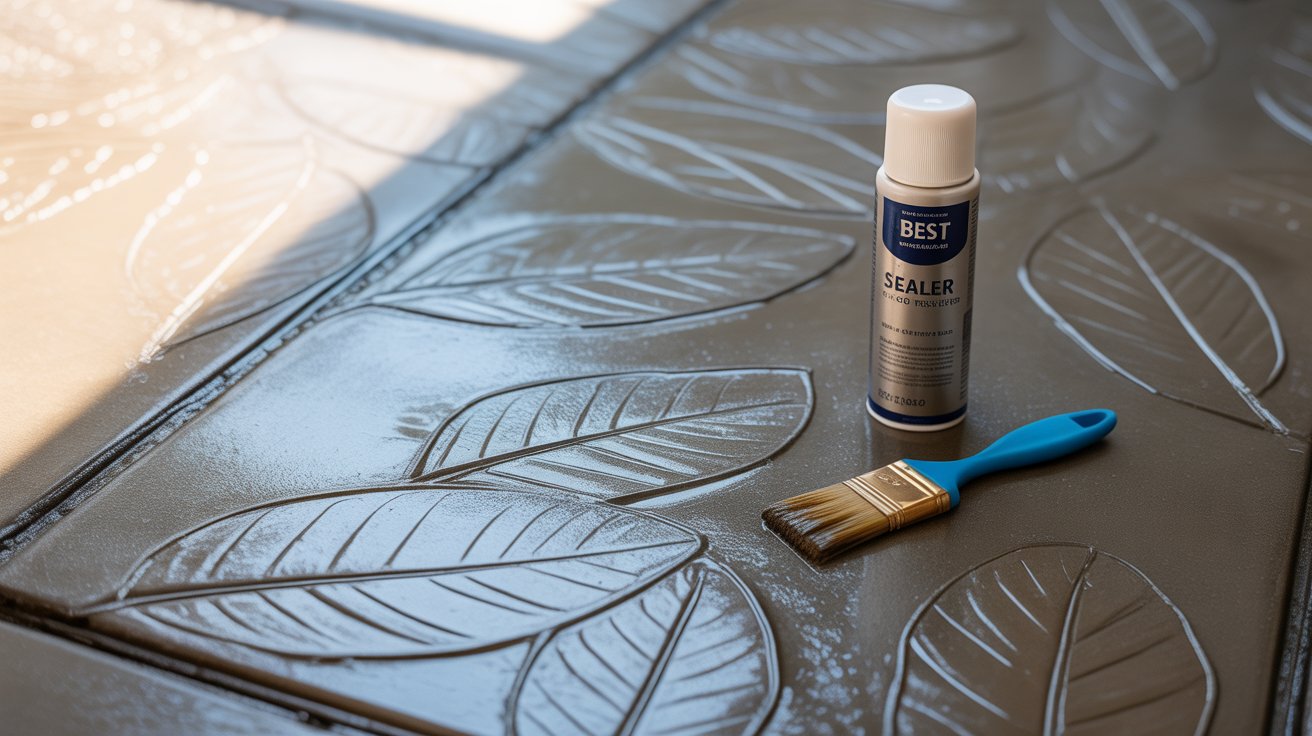
Stamped concrete looks beautiful. It adds charm to homes and buildings. But, it needs protection. Sealers help protect stamped concrete. What is the Best Sealer for Stamped Concrete Top Picks that protect color and shine with ease. Click now to see expert tested options today. They keep it looking great.
Why Use a Sealer?
Concrete is strong. But it needs care. Rain, sun, and dirt can harm it. A sealer acts like a shield. It guards against damage. It keeps concrete looking new for longer.
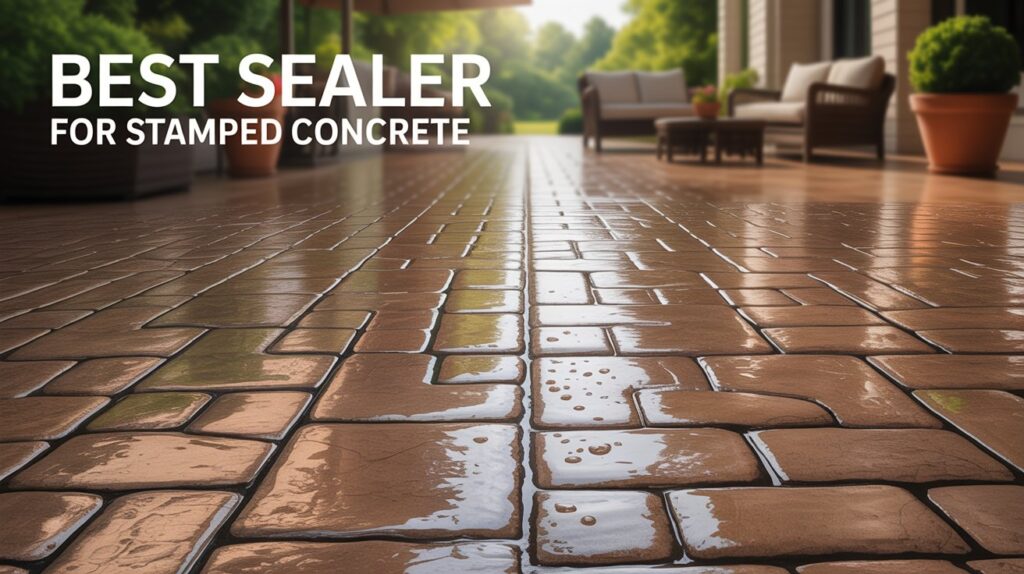
Types of Sealers
There are many types of sealers. Each has its own benefits. Let’s learn about them.
Acrylic Sealers
Acrylic sealers are popular. They are easy to apply. They dry quickly. They give a shiny look. You can choose from water-based or solvent-based.
- Water-Based Acrylic Sealers: These are safe for the environment. They have a mild smell. They are easy to clean up with water.
- Solvent-Based Acrylic Sealers: These are more durable. They give a wet look. They have a stronger smell.
Epoxy Sealers
Epoxy sealers are strong. They protect well against stains. They are thicker than acrylic. They give a glossy finish. But, they can yellow in sunlight.
Polyurethane Sealers
These sealers are tough. They resist scratches. They are good for high-traffic areas. They can be glossy or matte. They do not yellow easily.
Penetrating Sealers
These sealers go deep into concrete. They protect from inside. They do not change the surface look. They are great for protecting against water.
Choosing the Right Sealer
Choosing a sealer depends on your needs. Think about the look you want. Consider the area’s use. Here are some tips to help you decide.
| Consideration | Best Sealer Type |
|---|---|
| High Traffic Area | Polyurethane Sealer |
| Wet Look Finish | Solvent-Based Acrylic Sealer |
| Environmental Concerns | Water-Based Acrylic Sealer |
| Invisible Protection | Penetrating Sealer |
How to Apply a Sealer
Applying a sealer is easy. Follow these steps for best results.
- Clean the surface. Remove dirt and stains.
- Allow the concrete to dry completely.
- Read the sealer instructions carefully.
- Use a roller or sprayer to apply the sealer.
- Apply evenly. Avoid puddles.
- Allow the sealer to dry. Follow drying time on the label.
- Apply a second coat if needed.

Benefits of Using a Sealer
Seal your stamped concrete. Enjoy many benefits.
- Protection: Sealers protect against rain, sun, and stains.
- Enhancement: They make colors more vibrant and beautiful.
- Longevity: They extend the life of concrete.
- Easy Maintenance: Sealed surfaces are easier to clean.
Common Mistakes to Avoid
Applying a sealer is simple. But, mistakes can happen. Avoid these common errors.
- Not Cleaning Properly: Dirt left on the surface can cause problems.
- Applying Too Thick: Thick layers can lead to bubbling.
- Not Allowing Enough Drying Time: This can affect the finish.
- Choosing the Wrong Sealer: Each type has specific uses.
Cost of Sealers
Sealer prices vary. They depend on the type and brand. Acrylic sealers are usually cheaper. Epoxy and polyurethane are more expensive. Consider your budget. Choose the best for your needs.
Frequently Asked Questions
What Is The Best Type Of Sealer For Stamped Concrete?
Acrylic sealers are popular for stamped concrete. They enhance color and provide a glossy finish.
How Long Does Stamped Concrete Sealer Last?
Stamped concrete sealer typically lasts two to three years. Regular maintenance can extend its lifespan.
Can I Apply Stamped Concrete Sealer Myself?
Yes, you can apply it yourself. Follow manufacturer instructions carefully for best results.
How Often Should I Reseal Stamped Concrete?
Reseal every two to three years. This maintains appearance and protection from wear.
Conclusion
Stamped concrete is beautiful. Protect it with a sealer. Choose the right type. Follow the steps for application. Enjoy a long-lasting, stunning surface.
Read More Learn: Best Stamped Concrete Sealer

Hi Friends, I’m SealerMrinal, your go-to expert for all things sealing. With years of hands-on experience across a wide range of materials—concrete, wood, metal, and more—I bring deep knowledge and practical insights into every sealing project. On my website, I share expert tips, proven techniques, and product recommendations to help you get the best results. Whether you’re tackling a DIY project or seeking professional-grade advice, I’m here to guide you through the art and science of effective sealing.

